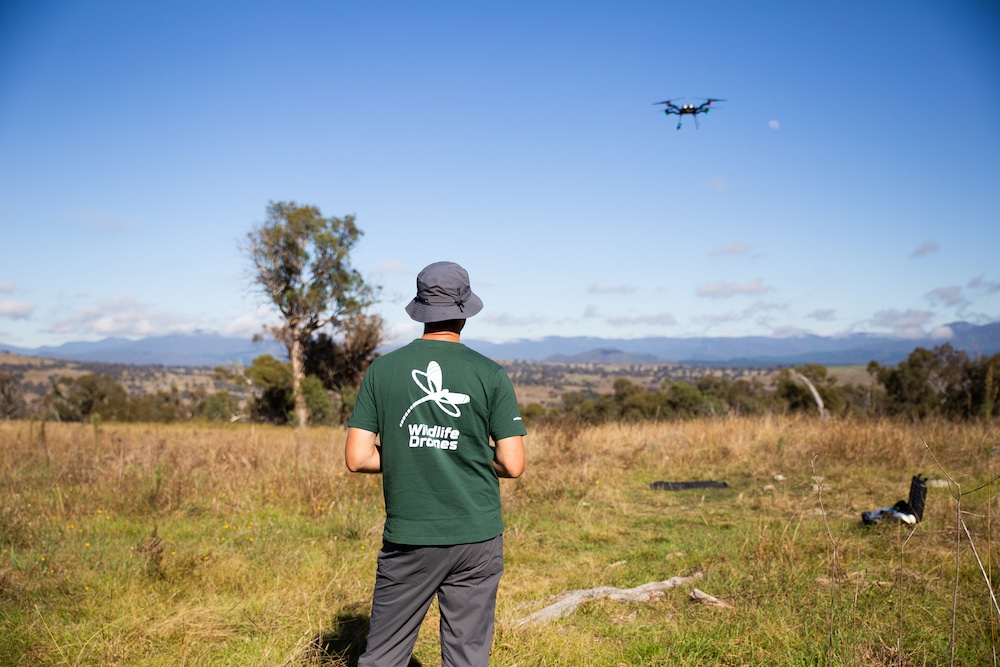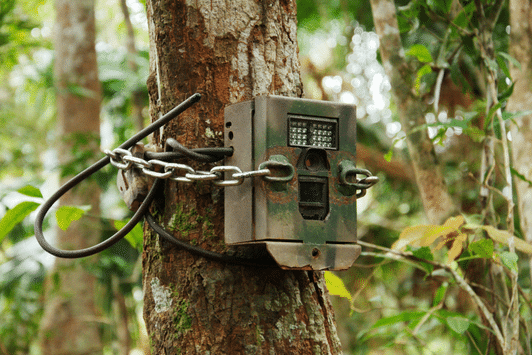
Insights: 5 uses of camera traps
5 uses of camera traps
Invented more than a century ago, camera traps are one of the most commonly used wildlife monitoring tools in the biodiversity conservation toolkit. Capable of recording accurate data with minimal disturbance, camera traps are used by scientists worldwide. Here are five common applications of camera traps for conservation.
1. Endangered species monitoring
Camera traps are frequently used in endangered species monitoring and survey work, as they enable scientists to study threatened species in a minimally invasive way. With footage collected from camera traps, scientists can build an accurate picture of a threatened species’ remaining population—including animal locations, population size and interactions with the environment.
They can also help to identify highly illusive animals. For instance, in 2019, camera traps in Vietnam captured the first-ever photos of the Silver-backed Chevrotain (Tragulus Versicolor), which was previously considered extinct.
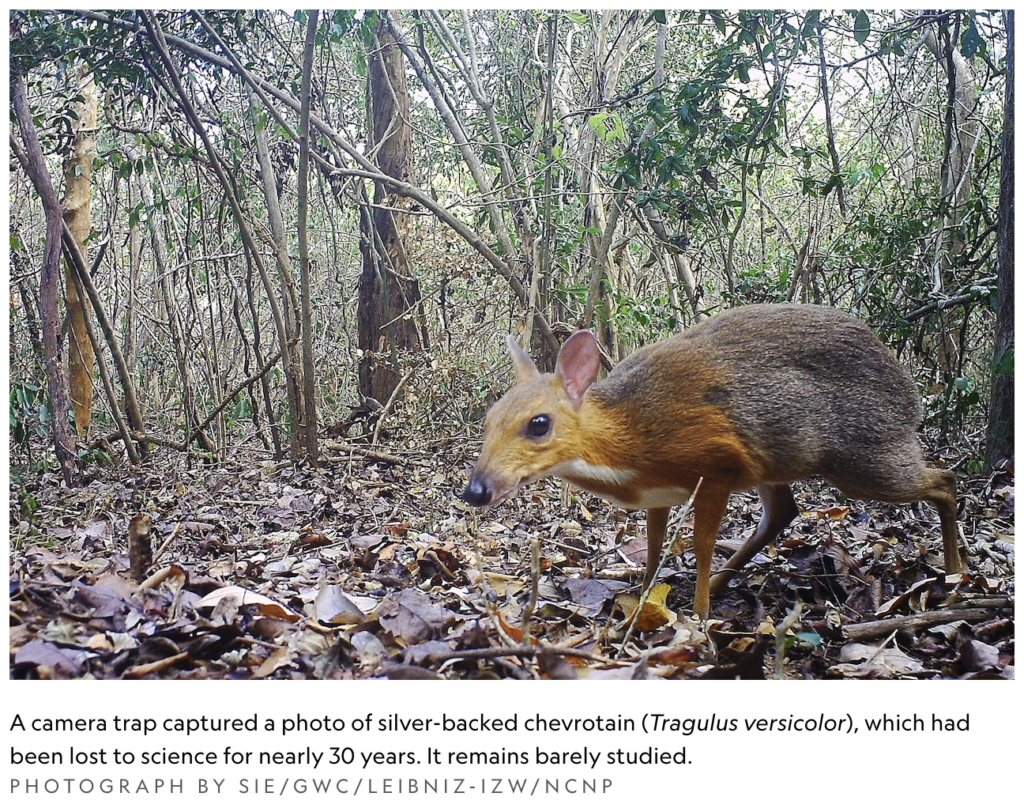
2. Invasive species monitoring
Developing a robust picture of how invasive species interact with their environment is integral to effective pest management programs. Alongside manual monitoring techniques, camera traps help conservationists to monitor invasive species, like feral pigs and cats, in a cost-effective way.
For example, the University of Tasmania has developed one of the world’s largest-scale camera trap networks to study both endangered and invasive species. The network of more than 600 active cameras has so far collected over 750,000 images, which are processed using AI software that has been trained to recognise 31 of Tasmania’s most common threatened and invasive species.
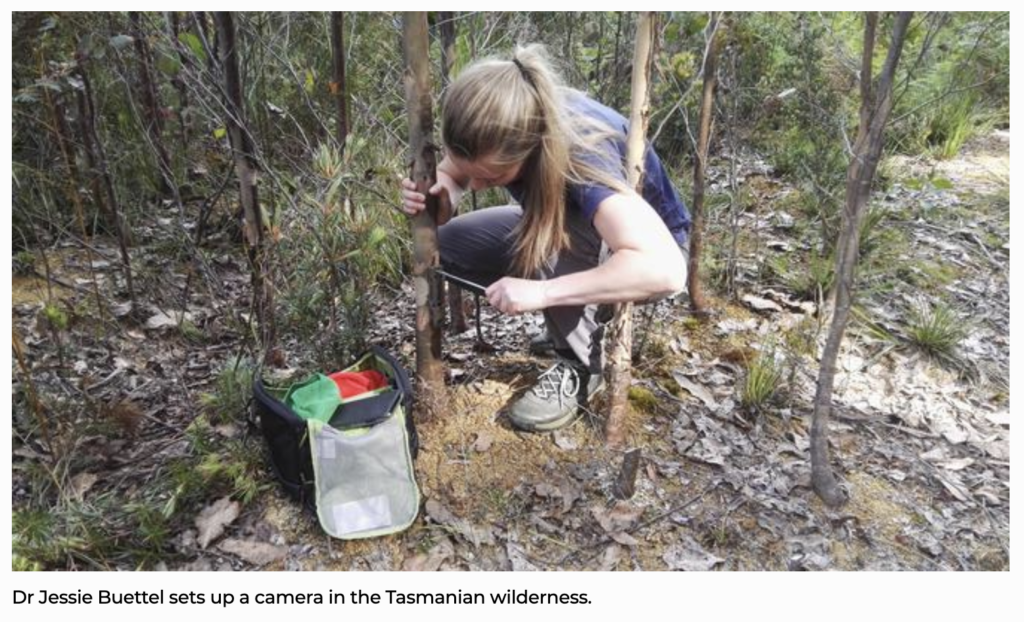
3. Identifying individual animals
While many camera traps are positioned to record all species entering a particular area, they can also be used to identify individual animals. Because of their low energy consumption, camera traps can be used to monitor an area over a long period of time which can help scientists to track down specific animals known to inhabit a particular area.
They can also be placed close to breeding sites, such as nesting hollows or dens, helping scientists gain valuable insights into animal behaviour with minimal disturbance.
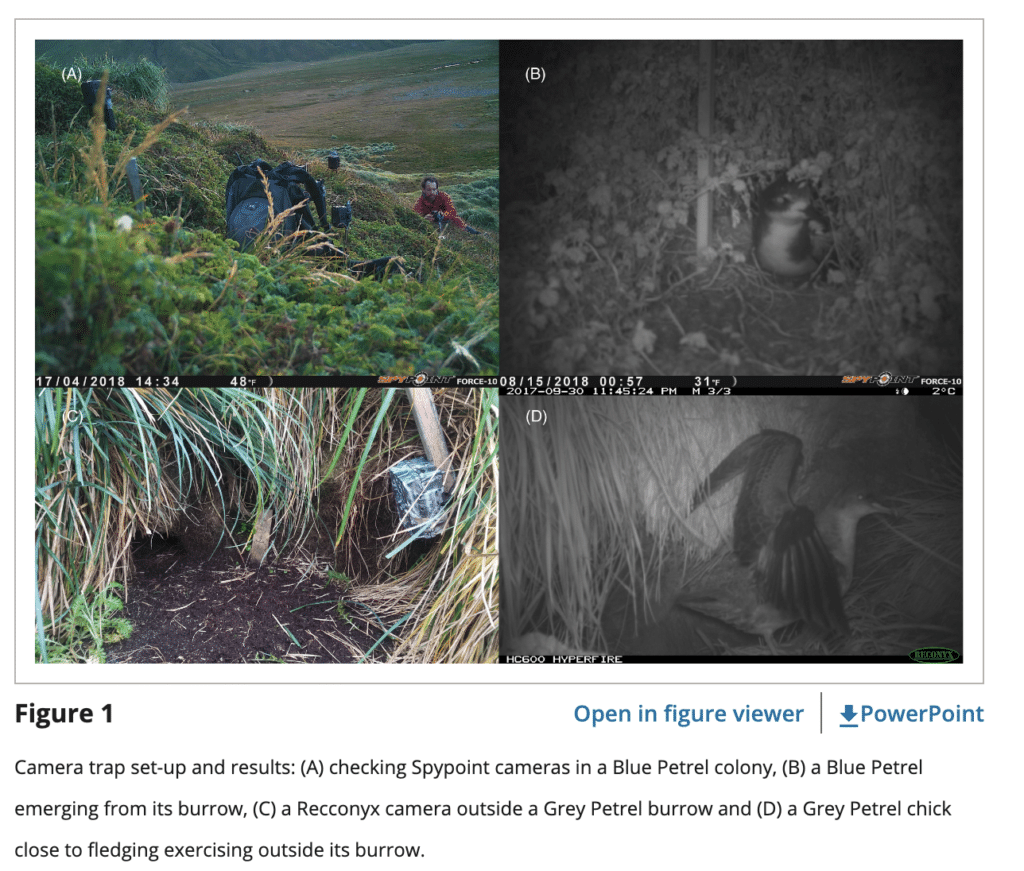
4. Monitoring illegal poaching
Camera traps can be used to monitor illegal poaching in a safe way, helping to minimise conflict between poachers and conservationists. In Gabon in Central Africa, scientists from the University of Stirling are using new AI-based camera traps to remotely identify poaching activity. The camera traps collect images which are then analysed by AI software that has been trained to recognise poaching threats including humans holding a gun. This information is then uploaded to the cloud, enabling faster anti-poaching action to be taken.
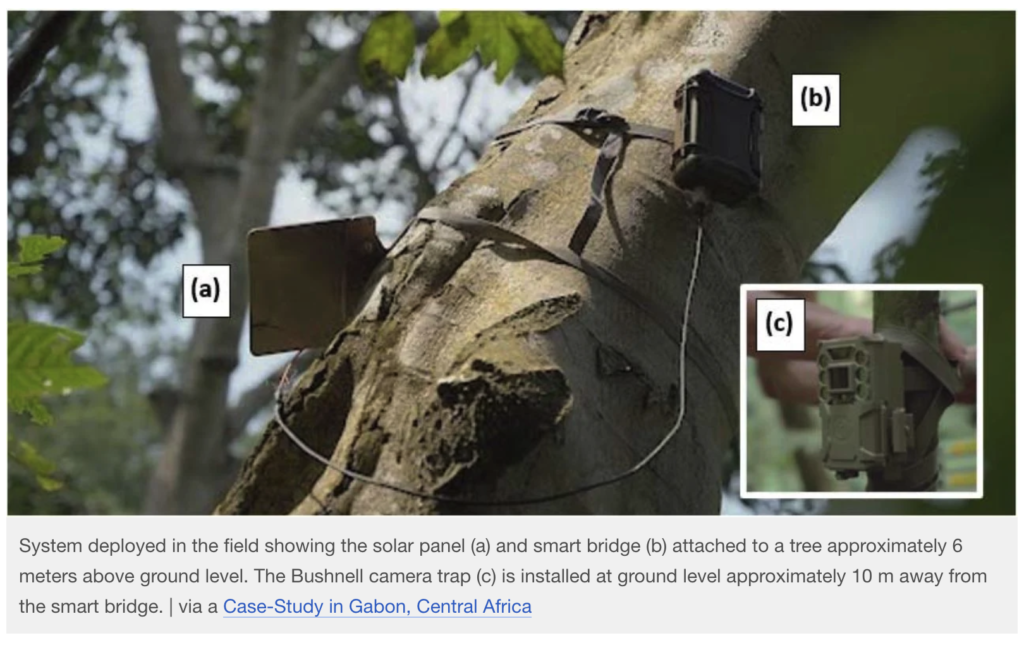
5. Monitoring illegal logging activity
Camera traps don’t just help monitor wildlife—they can be used to gather evidence of illegal logging activity as well. In partnership with Greenpeace, the Ka’apor people of Brazil use camera traps to monitor areas of the Amazon to identify illegal logging. The camera traps have been strategically positioned in places prone to logging, to capture both still images and short videos of illegal logging trucks transiting in and out of the forest.
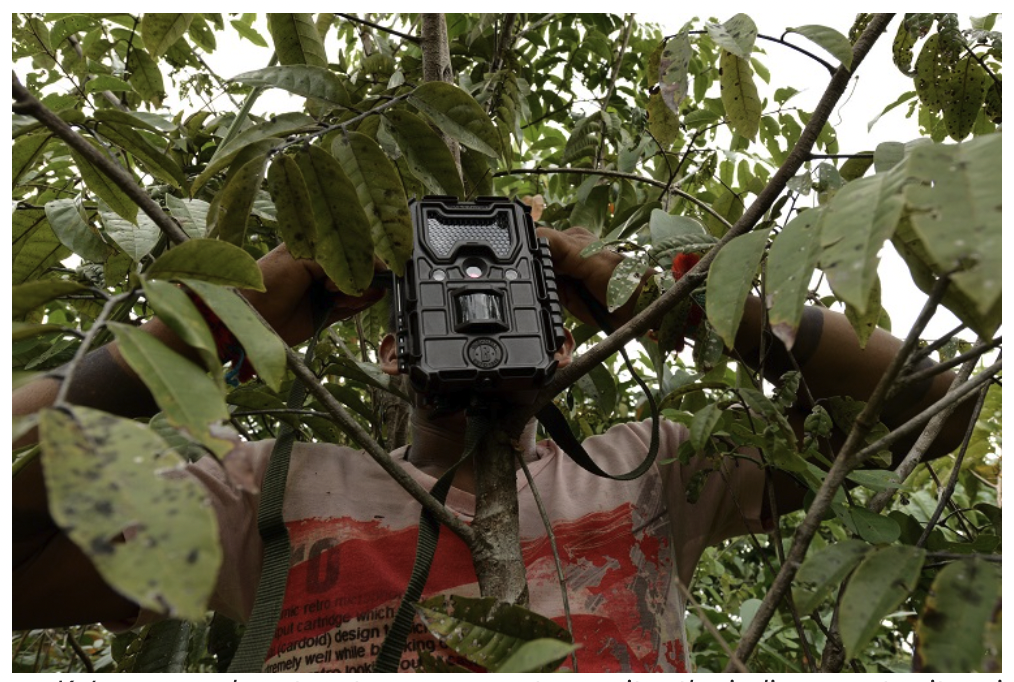
There are several methods for monitoring animal behaviour besides camera traps, like acoustic monitoring, GPS tracking and radio telemtry.
Contact us to find out more about how Wildlife Drones’ world-leading environmental monitoring technology can help revolutionise your next conservation project.
